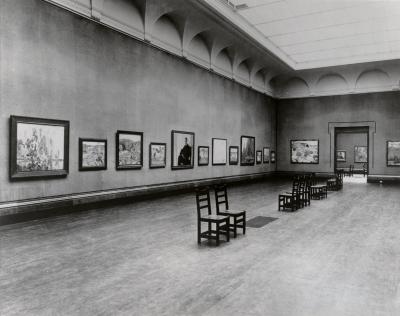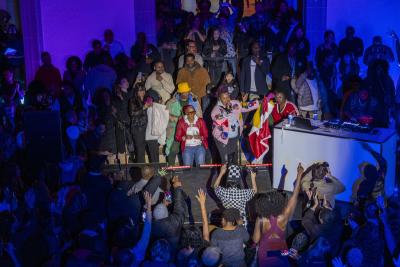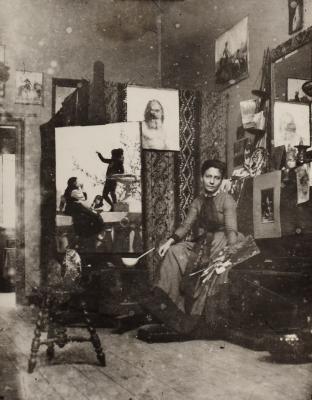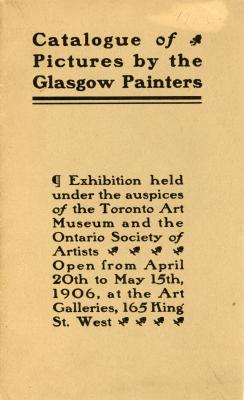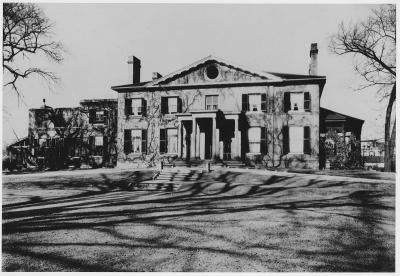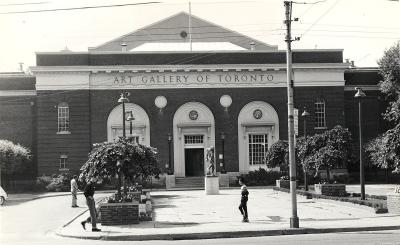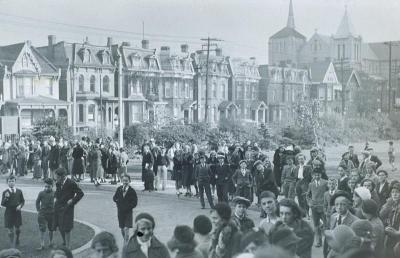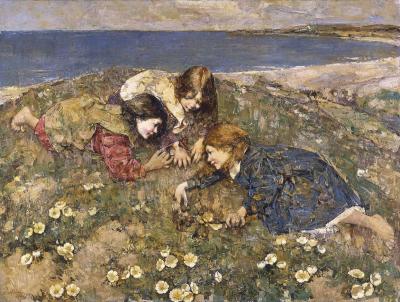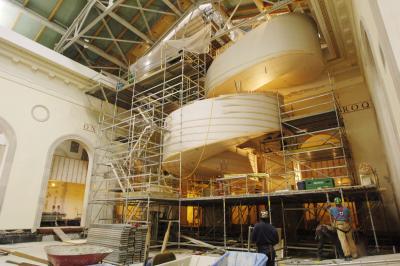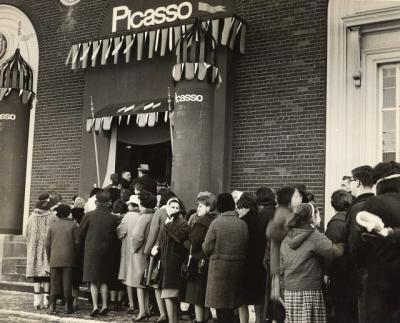AGO 125: Five Impactful Gifts to the AGO
How the generosity of patrons and donors grew the AGO and its Collection
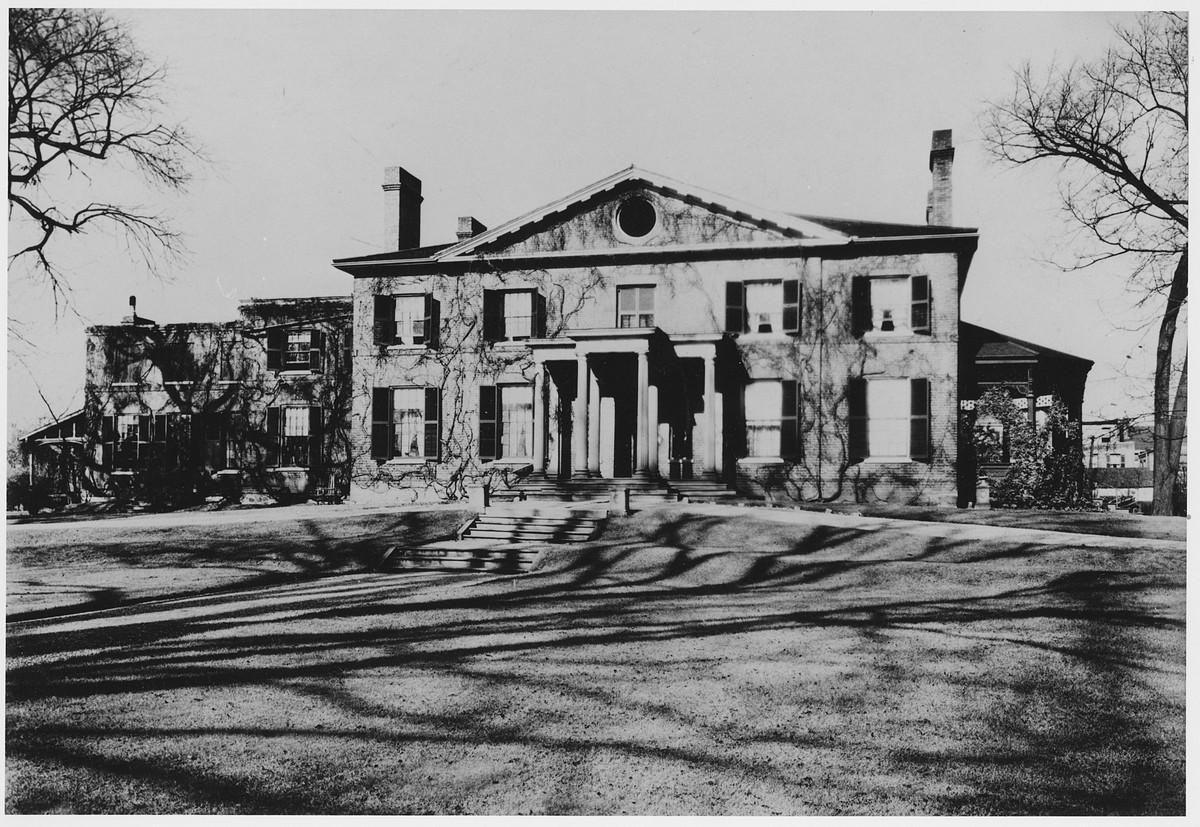
Unknown, The Grange, 1909, Original Neg: City of Toronto Archives, James Collection, 2152
The story of the AGO begins with a gift. At the turn of the 20th century, artists and supporters of the arts in Toronto felt that the city needed its own art museum, rivalling those in other in North American cities, such as New York and Boston. Notable local figures including George Reid, president of the Ontario Society of Artists, and Edmund Walker, a prominent banker, launched a campaign to gather the necessary funds.
The Smith Family eventually joined the campaign as well. In 1910, Harriet Boulton Smith bequeathed her family home, The Grange – Toronto's oldest brick residence – as the first location of what was then known as the Art Gallery of Toronto. It marked the beginning of a legacy in the arts in Toronto and Canada that continues to this day.
With over 120,000 works in its growing Collection, the AGO is a vibrant destination for arts and culture, thanks in no small part to transformative gifts from donors, collectors, philanthropists and community members over its 125 years. Approximately 85% of the AGO Collection was donated from the generosity of art patrons who believed in showing great art to the public. These many contributions are integral to AGO’s history, shaping its past, present, and future along the way.
Here are five gifts that helped build the AGO beginning in the early 20th century.
Frank P. Wood
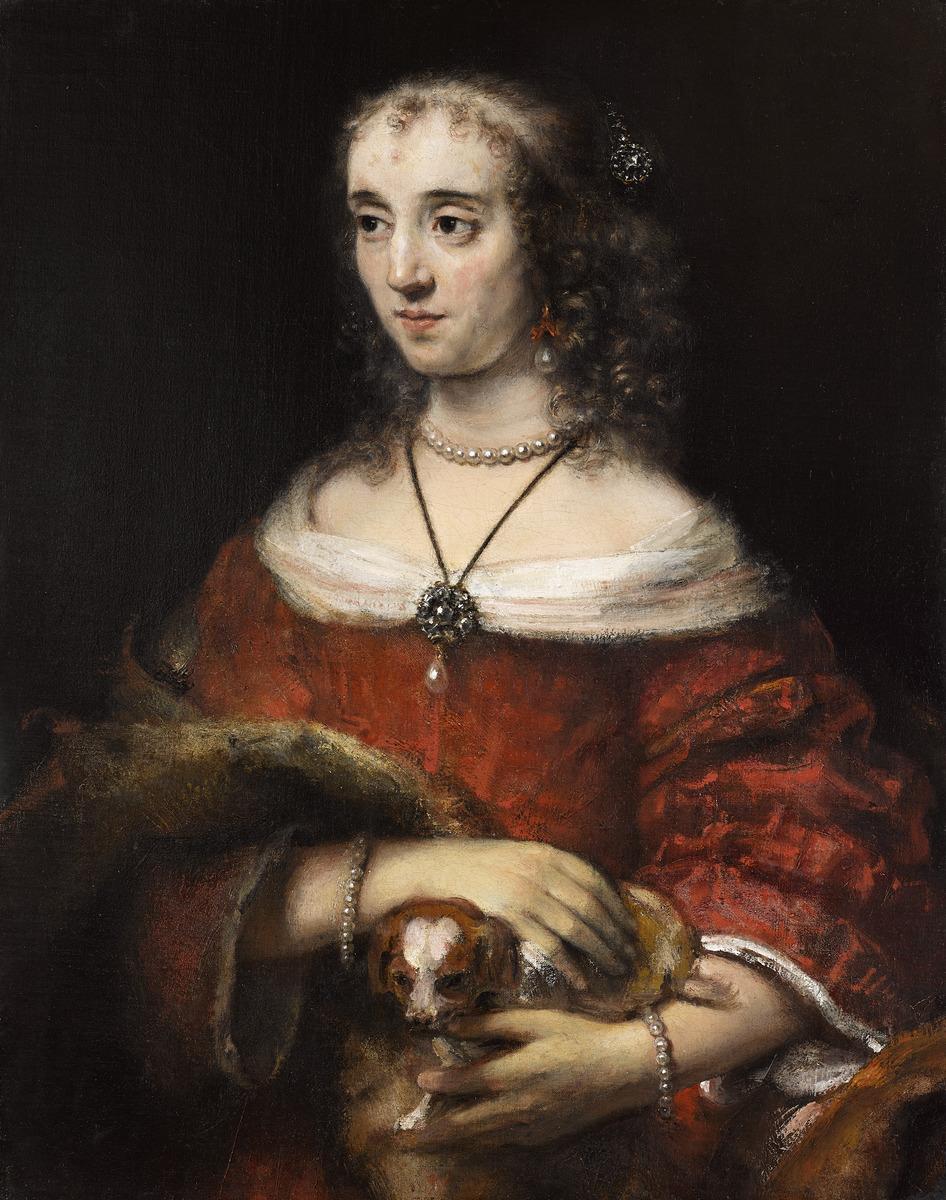
Rembrandt van Rijn. Portrait of a Woman with a Lap Dog, c. 1665. Oil on canvas, Overall: 81.3 × 64.1 cm. Art Gallery of Ontario. Bequest of Frank P. Wood, 1955. Photo © AGO. 54/30
Canadian businessman, stockbroker and philanthropist Frank P. Wood (1882 –1955) was instrumental in building the AGO’s European Collection. Wood and his wife Emma Matilda Junkin gifted eight European masterpieces during his lifetime and three were bequeathed by him to the Gallery, including Rembrandt’s Portrait of a Woman with a Lap Dog (1665), along with his 30-acre property on Bayview Avenue in Toronto. Wood can also be referred to as the originator of the Art Gallery of Toronto Foundation. The proceeds from the sale of his property were set up under his name, eventually becoming the Foundation’s first endowment fund. In 1973, the Foundation changed its name to become the Art Gallery of Ontario Foundation. The AGO Foundation holds all the AGO’s endowment funds, ensuring an important steady stream of funds to support key operations, acquisitions and positions. These funds not only sustain the AGO but also help it to grow and thrive.
In 1927, Wood was appointed Chairman of the Finance Committee at the AGO, having first started as just a member in 1920. He was an important contributor to the campaign to raise funds that supported the creation of Walker Court, the Fudger Galleries and Leonard Galleries – all of which opened in 1926. He gave his first gift of art to the AGO in 1926, a landscape by Canadian artist F.W. Hutchinson called October Snow, Baie St. Paul (1914). On Level 1 of the AGO, visitors will find a gallery named after him in the Tanenbaum Centre for European Art.
The Women’s Committee
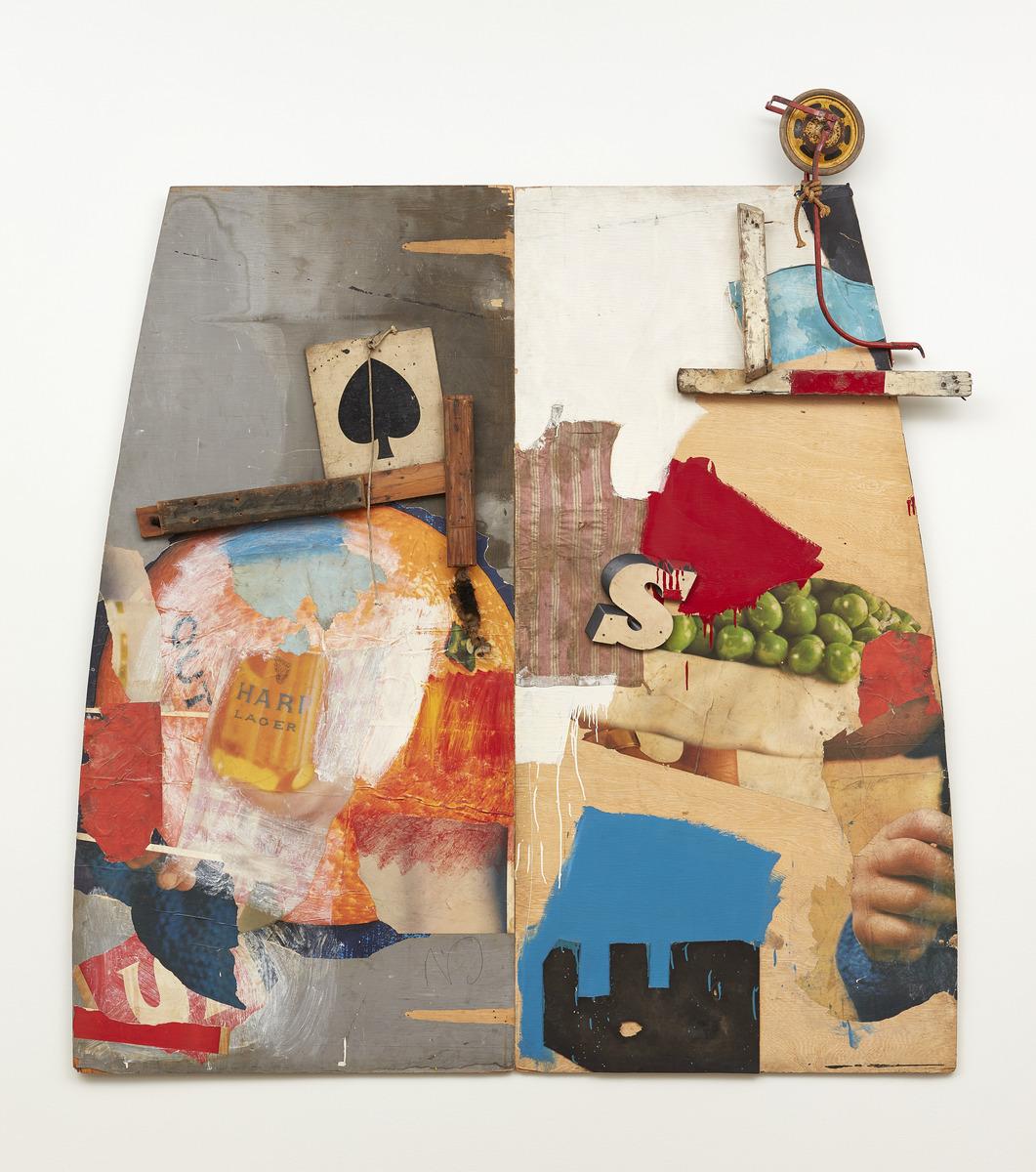
Robert Rauschenberg. Story, 1964. Mixed media on panel, 270.5 × 243.8 cm. Art Gallery of Ontario. Purchased with assistance from the Women's Committee Fund, 1970. © Robert Rauschenberg Foundation. Photo:AGO. 69/246
In 1945, Charles S. Band (1885–1969), then president of the Art Gallery of Toronto, invited Lady Kemp (1895 – 1957) to form a committee dedicated to boosting public interest in the Gallery and growing its membership. The Women’s Committee was born—a group that remained active until 1998 and played a vital role in fundraising and expanding the Gallery’s community.
By 1947, the Women’s Committee had 25 members who began using the funds they raised to purchase works for the Gallery’s Collection. They started with British contemporary pieces, gradually moving toward European works, and eventually embraced more avant-garde artists as artistic trends evolved. In 1960, the Committee made a bold decision: to focus on acquiring American contemporary art. These works, often by emerging or lesser-known artists at the time, came with lower price tags but carried significant cultural value. Their forward-thinking approach often went against the grain of institutional preferences, yet it led to some of the AGO’s most iconic acquisitions—including pieces by Mark Rothko, Andy Warhol’s Elvis I and II (1963–64), and Robert Rauschenberg’s Story (1964).
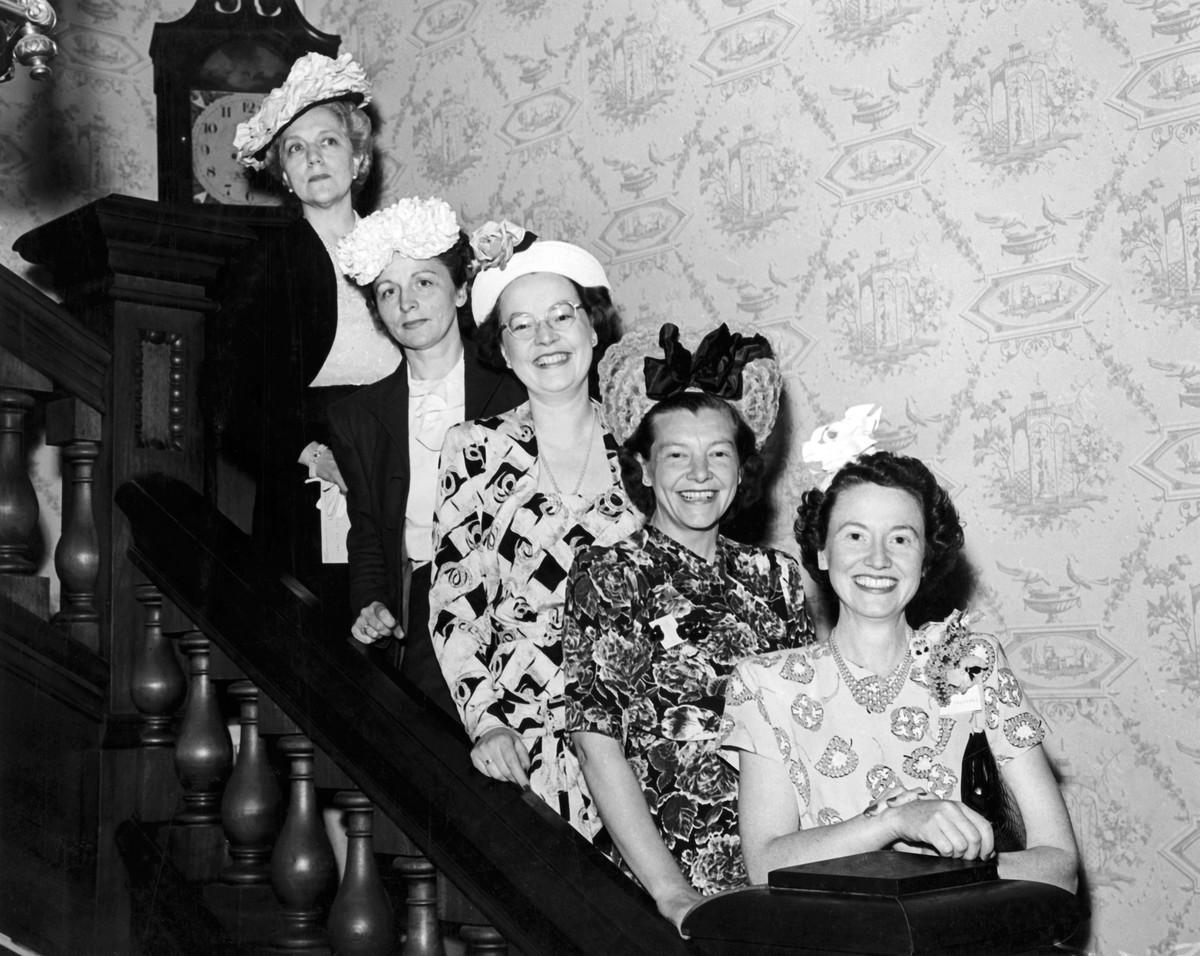
AGO Women's Committee: Lady Kemp, Mrs. J. G. Godsoe, Mrs. J.G. Edison; Mrs. Geo. Hendrie; Mrs. G.A. Adamson, on the stairs in The Grange, 1947. Photo © AGO.
In 1974, the Women’s Committee was renamed the Volunteer Committee, continuing its legacy of support for the AGO’s mission. By 1985—just 40 years after its founding—the committee and its Junior Committee had helped acquire nearly 100 works for the Gallery. Nearly 80 years after the establishment of the Women's Committee, today, approximately 400 volunteers continue to play a vital role at the AGO across the Gallery. Outstanding works purchased by the Women’s Committee are on view in the exhibition Moments in Modernism on Level 4 at the AGO.
Ken Thomson
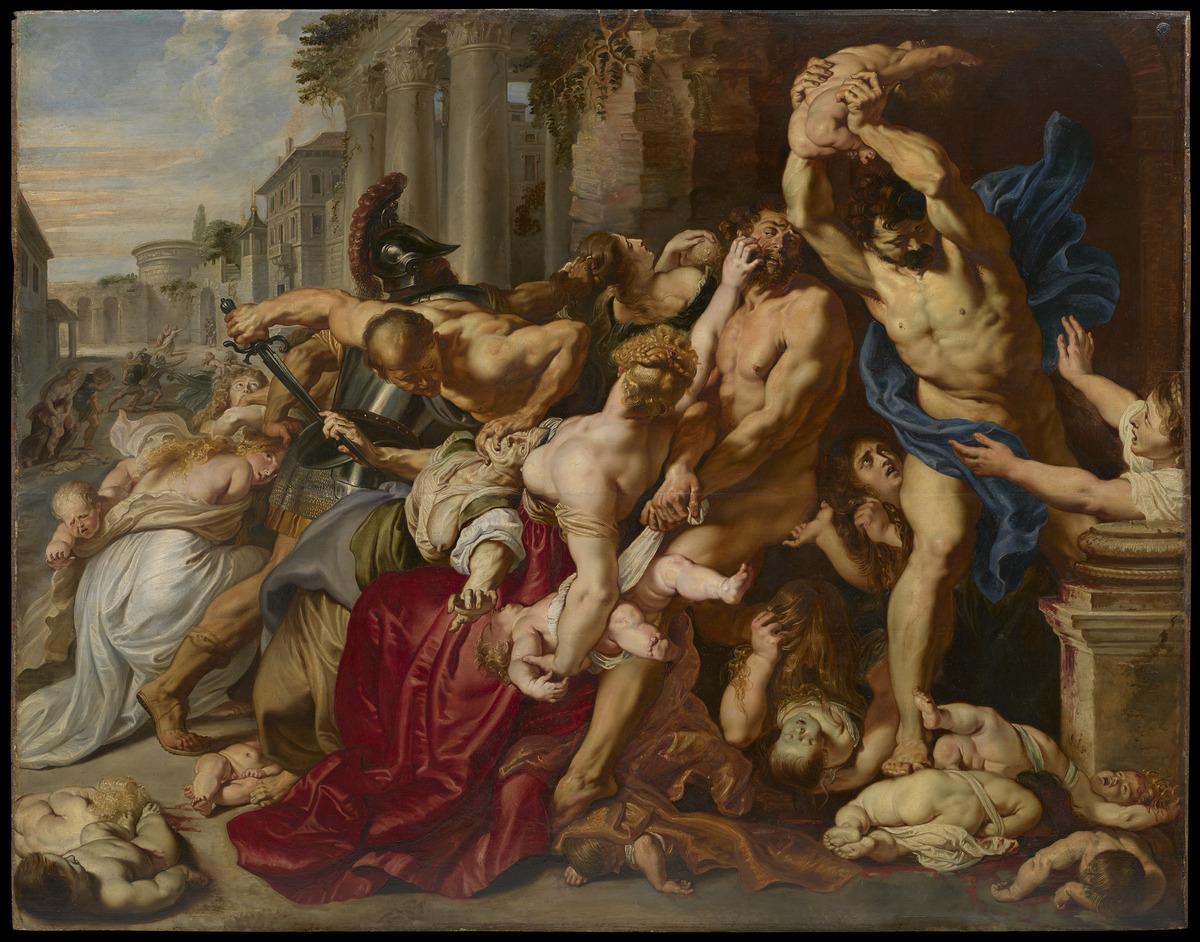
Peter Paul Rubens. The Massacre of the Innocents, c. 1610. Oil on panel, Panel: 142 × 183 × 1.9 cm. The Thomson Collection at the Art Gallery of Ontario, 2014. Photo © AGO. 2014/1581
In 2002, Ken Thomson (1923 – 2006) made a gift to the AGO by donating 2,000 extraordinary works of Canadian and European art. This contribution sparked the Transformation AGO project, an innovative architectural expansion led by world-renowned architect Frank Gehry. Completed in 2008, the project became one of the most critically acclaimed architectural achievements in North America.
Valued at approximately $300 million, Thomson’s collection remains the most significant private art donation in Canadian history, representing the largest gift ever made to a Canadian cultural institution. In addition, Thomson contributed another $50 million to help fund the Gallery’s architectural transformation.
Today, the Thomson Collection is spread across multiple floors of the AGO. On Level 2, the Thomson Collection of Canadian Art highlights signature works by Canadian artists from the 19th to mid-20th century, featuring over 300 works. On Level 1, the Thomson Collection of European Art features more than 900 pieces, including Peter Paul Rubens’s 17th-century masterpiece, The Massacre of the Innocents. On the Concourse Level, a collection of Thomson’s 130 intricate British ship models—dating from the 17th century through the Napoleonic era to the 20th century—offers a unique glimpse into maritime history.
J.S. McLean

Installation view: Indigenous and Canadian permanent collection, Art Gallery of Ontario. Artworks © Estate of Rita Lentendre, And There Was Light, 1999; © Gershon Iskowitz, Little Orange Painting II, 1974; Kazuo Nakamura, Blue Reflections, 1962. Photo: AGO.
The AGO’s J.S. McLean Centre for Indigenous + Canadian Art has deep roots in the Gallery’s history, reflecting decades of support from the McLean family. Mr. J.S. McLean (1876-1954) was a dedicated patron of the arts and focused on collecting works by Canadian artists committed to socially engaged modernism. During the 1950s and 1960s, generous annual contributions from the McLean family and The McLean Foundation helped establish and grow the J.S. McLean Canadian Fund, making it possible for the AGO to acquire more than 150 works by Canadian artists.
In 1970, the McLean family further strengthened the AGO’s Collection by donating over 40 major works, including The West Wind (1916) —a Tom Thomson oil-on-wood panel that complements another version of the painting of the same name already held in the AGO’s Collection. In 1990, The McLean Foundation formally established the McLean Fund endowment, held within The AGO Foundation. That same year, Canada Packers contributed 174 artworks to the AGO, most of which originated from J.S. McLean’s private collection. During Stage III campaign, the McLean Centre was officially established.
In 2018, the dedicated Canadian art galleries within J.S. McLean Centre underwent a transformation as part of the AGO’s Look:Forward project, which included a focus on Indigenous art. Today, the Centre is home for the AGO’s Collection of Indigenous and Canadian Art. The space keeps artists at the core while engaging visitors with new and familiar thought-provoking works. These thematic galleries do not present one story or idea but instead encourage audiences to find their own pathways and entry points.
The Montgomery Collection of Caribbean Photographs

J.W. Cleary. Coconut Palms, Kingston Harbour, Jamaica, c. 1895. gelatin silver print, Overall: 17.6 × 23.1 cm. Art Gallery of Ontario. Gift of Patrick Montgomery, through the American Friends of the Art Gallery of Ontario Inc., 2019. Photo © AGO. 2019/3069
Acquired by the AGO in 2019, the Montgomery Collection of Caribbean Photographs focuses on the post-emancipation period in the Caribbean from the 1840s to 1940, with over 3,500 prints, postcards, daguerreotypes, lantern slides, albums and stereographs. These historic photographs showcase a range of Caribbean countries including Jamaica, Barbados, the Bahamas and Trinidad. The collection was assembled by New York-based collector Patrick Montgomery, a member of the Board of Trustees of the George Eastman Museum. Montgomery built this collection over a decade and donated a major portion to the AGO. To complete the acquisition of the entire collection, a group of generous donors from Toronto’s Black and Caribbean communities collectively raised over $300,000 with a lead gift from Dr. Liza and Dr. Frederick Murrell. Today, the AGO is proud to house and activate this collection as part of its Department of Arts of Global Africa and the Diaspora.
The Montgomery Collection features the work of photographers, both Indigenous to the Caribbean and those from outside of the region. They produced a range of notable and compelling photographs, including landscapes and views of the sea, studio portraits and scenes depicting the changes in communities and economies in the aftermath of slavery.
In 2021, a selection of over 200 photographs from the collection was included in the exhibition Fragments of Epic Memory. This exhibition travelled to Portland, Maine, Minneapolis, Minnesota and Columbus, Ohio.
Donations are a major part of AGO’s collection building, with 85% of the Gallery’s artworks having been gifted. Looking to the future, the AGO is currently undergoing its seventh expansion since 1900. Once completed, the Dani Reiss Modern and Contemporary Gallery, made possible by a lead gift from Dani Reiss and the significant generosity of many in the AGO community, will increase exhibition space for the museum’s growing modern and contemporary collection by 30%. To learn more about the expansion, visit ago.ca/about/dani-reiss-modern-and-contemporary-gallery.
In celebration of the AGO’s 125th anniversary, Foyer is highlighting foundational moments in the Gallery’s history that have helped make the AGO the institution it is today. Learn more about AGO history here on ago.ca/125.
